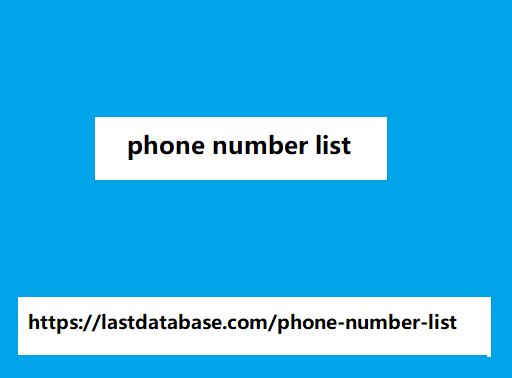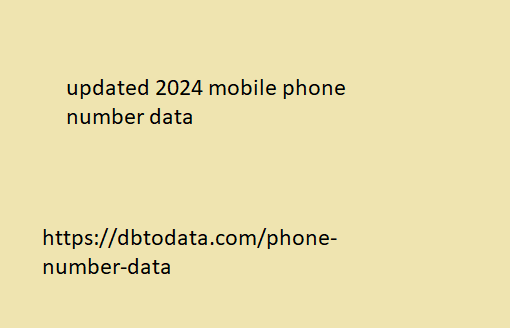During Apple’s annual Worldwide Developer Conference (WWDC) keynote last week, the tech titan unveil a handful of privacy-focus updates that will encompass its operating systems, including the upcoming iOS 15. (As a general note, iOS 15 is expect to be available as a beta in July, before being releas to the public this fall. The days of extend timelines around iOS 14.5 are over: this new update will likely be here before we know it New Privacy Features Mean .
One of the biggest headlines is the introduction of iCloud+, a subscription service design to provide users with a more private online browsing experience, which will layer on top of Apple’s tighten restrictions on how apps access data.
To no one’s surprise
the new privacy features—in addition to the App Tracking Transparency framework that roll out earlier this year—are expect to further complicate marketers’ ability to track and target customers, while reinforcing Apple’s place as a key player in the future of consumer data privacy.
So, let’s take a look at the biggest updates Apple announc, and what our braintrust of marketing experts are saying about them.
Ready or not, Mail Privacy Protection is coming to iOS 15. This is a new tab in Apple’s native Mail app that’s meant to do exactly what the name suggests: let users decide what personal information the program shares. Within the app, users can choose to hide specific data, such as their IP address or when they’ve open an email, from email senders (many of whom are marketers).
As Apple executives explain during the keynote, this is to ensure that a user’s IP address “can’t be link to other online activity or us to determine their location.” These changes will apply to the Mail app across all Apple devices, including the iPad, iPhone, and the Mac.
This mean for marketers
The new Mail Privacy Protection feature will almost certainly impe marketers’ ability to gather information about email open rates. If you’re using the “last-open” date for segmentation or targeting purposes, that cohort will likely be render useless for Apple Mail users. It may also affect subject line testing bas on open rates due to a “phantom opener” issue that will likely inflate marketers’ data sets.
Precise phone number lists are crucial in enhancing marketing strategies. If your business targets the proper audience directly, then engagement, conversion, and customer loyalty rates may increase significantly. These lists come in handy when phone number list personalizing communication and, therefore, increasing the chances of successful campaigns. With the right phone data, your marketing becomes more targeted, reduces waste, and increases your ROI. An accurate and verified phone number list is an asset that makes sure you experience maximum efficiency in the field of marketing to come out better among competitors.
While open rates are commonly seen as a vanity metric when it comes to measuring email performance, they are still consider essential when it comes to maintaining good list health and deliverability.
This begs the question: how should you more accurately measure the success of your email campaigns? Here’s what our email experts recommend:
Look beyond opens for effective segmentation
Designate other high-quality data points that you can use to identify, segment. And re-engage customers. Look at a combination of factors like signup rates, click-through data, purchase dates.
Any other reliable information you may have in your database that determines what your business considers an active user. And remember that open rate data will still be valid and valuable for users who are not using Apple’s Mail app, as well as for Apple users who don’t opt out of tracking.
Prepare early to ensure your email deliverability is on track
An effective deliverability strategy means tracking activity at top-level ISPs and making decisions about how to segment bas on that data. The good news is that you’ll likely still have some of that information, so you can prepare for the upcoming changes by setting benchmarks ahead of time.
For example, by determining how the amazing advantages of cake delivery bakers many of your users today are Gmail users who also use Apple Mail, you can pinpoint the level of dropoff you expect to see in your Gmail open rates once these changes are implement and adjust your expectations accordingly. You should use the coming weeks wisely to determine what those audiences look like so that you can level-set for the future.
Identify which features will be affect
You’ll ne to reconsider how you’re using features like send-time optimization and geo-location to determine which elements of your email program are successful. To obtain a user’s geolocation, for example, you’ll ne to prompt them at signup to share their location.
You’ll ne to clearly communicate what they’ll receive in return, such as a designat home store location for localiz events and information or certain offers that are only available in their area.Start tracking click-through rate over opens and keep growing your list.
As we not before, open rates seo mails aren’t going away completely: you’ll still have access to that information for some segments. But you should also account for other metrics like click-through rates when considering the efficacy of a subject line.
One kind of A/B test that may no longer be viable is the 10-10-80 method, which is when you test with two small groups and send a winning subject line to the larger group. Because your pool of users with a valid open rate will likely shrink, reaching statistical significance for this kind of test may be much more difficult. Running a standard 50/50 split will likely yield more relevant results.
The larger your email list, the more you’ll be able to absorb and handle these changes, so don’t discount the importance of prioritizing a strategic approach to list growth.
When Privacy Nutrition
Labels were introduc with iOS 14, developers had to disclose what data they collect about consumers, and how it’s us. With App Tracking Transparency, they had to ask permission before they could collect data. Now, with App Privacy Reports, Apple is peeling back the layers even more in an effort to hold app developers accountable to consumers.
These reports provide users with detail information about how various apps are collecting and using their personal data, as well as how much of their data is being shar with third parties for tracking purposes.
They also indicate how frequently certain apps access users’ location, photos, camera, microphone, and contacts over a period of seven days. Think of it as a kind of privacy “report card” for all of a device’s applications. It will be add as a software update to iOS 15, so it probably won’t be available at launch.
What does this mean for marketers
While it’s not entirely clear how many Apple users will actually take advantage of the App Privacy Report, which will be an opt-in feature within their device settings, your brand should be clearly communicating why you ne the permissions you’ve request and how they’ll provide value to each individual user.
Think of this as an opportunity for your brand to get more transparent about the technologies you use and the purpose they serve, rather than cause for alarm. It’s best to get in front of the situation by doing more to ucate your users about how you’re collecting and using their data sooner, rather than later. That way, there aren’t any painful surprises later down the road.






